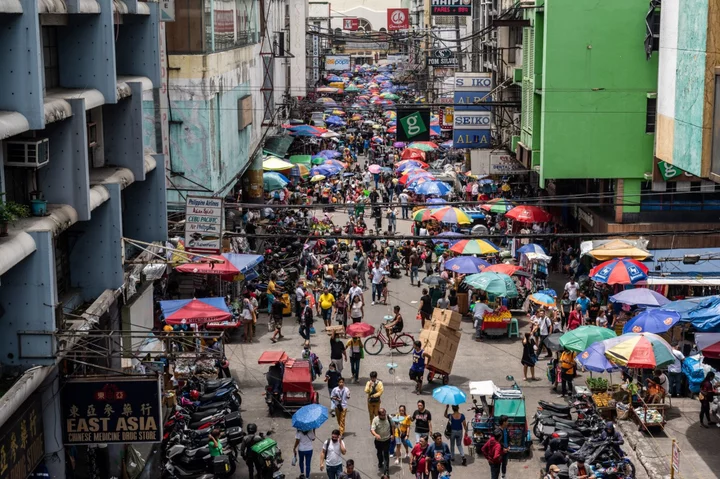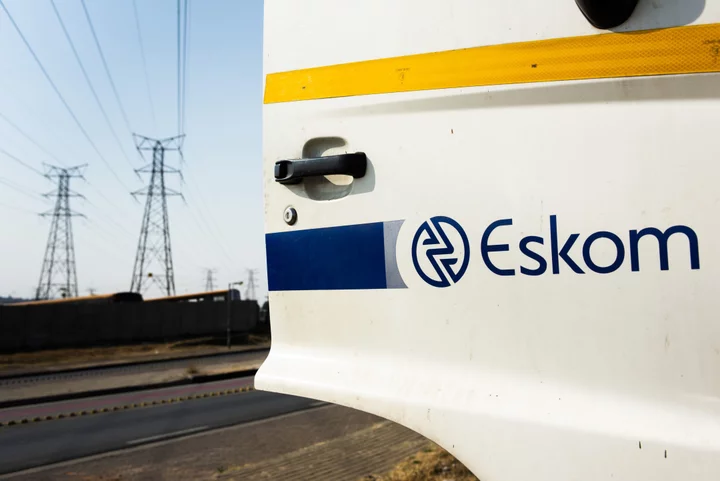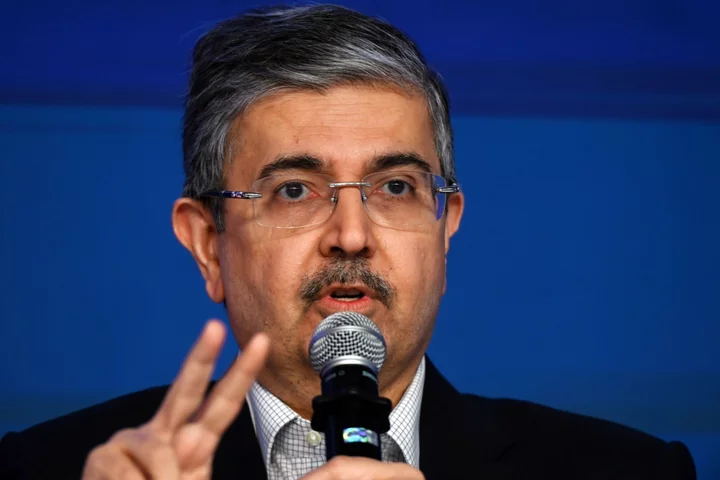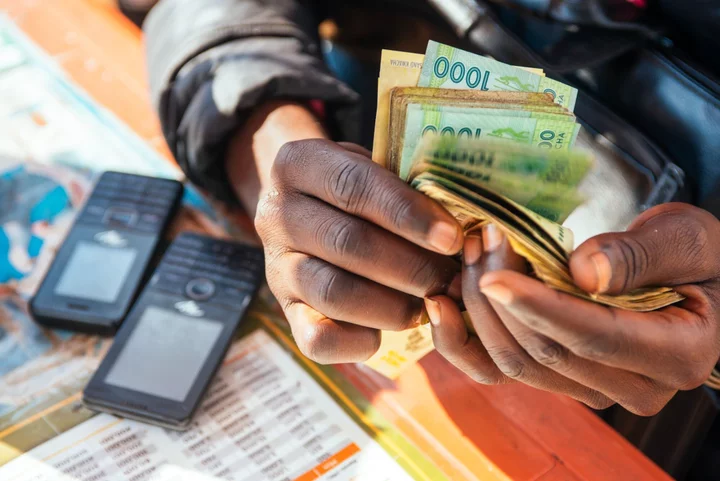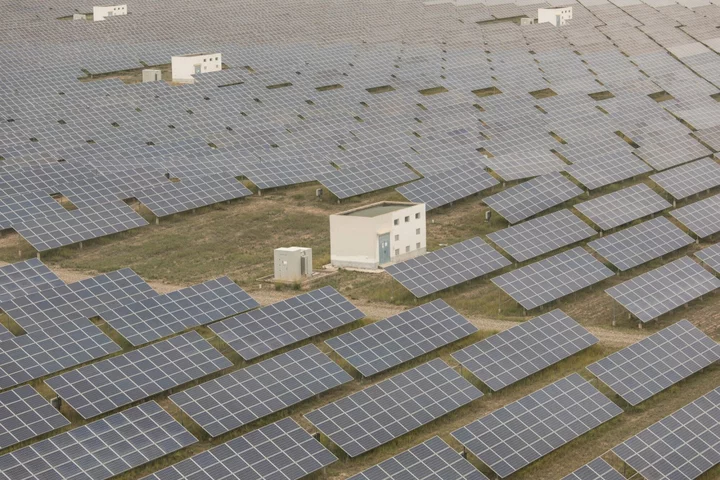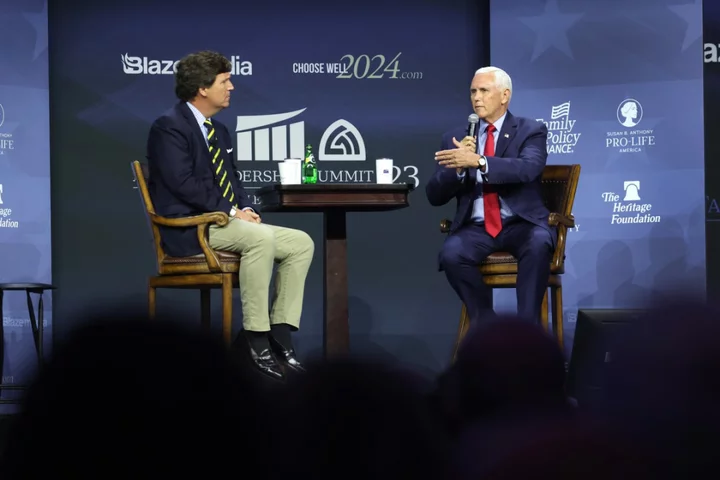The Philippine economy expanded much slower than expected in the second quarter as inflation remains above target and borrowing costs are at their highest since 2007.
Gross domestic product in the three months through June rose 4.3% from a year earlier, the Philippine Statistics Authority said on Thursday. That’s below all 24 estimates in a Bloomberg survey with a median forecast for 6% growth and compares with 6.4% expansion in the first quarter.
Barring the pandemic years of 2020 and 2021, the April-June annual expansion was the slowest since 2011, according to data compiled by Bloomberg.
The economy fell 0.9% quarter-on-quarter, against a median estimate of 0.6% gain.
Last quarter’s disappointing performance underscores the challenges confronting one of Asia’s bright stars as inflation hovers above the central bank’s 2%-4% target and interest rates are among the highest in Southeast Asia against the backdrop of waning global demand.
Philippine central bank Governor Eli Remolona, who will deliver his first policy decision as the head of the monetary board next week, has cautioned against raising rates too much when asked last week if the economy can handle more tightening.
The Bangko Sentral ng Pilipinas has raised the policy rate by 425 basis points since May last year to 6.25%, the highest in 16 years.
--With assistance from Cecilia Yap and Manolo Serapio Jr..

